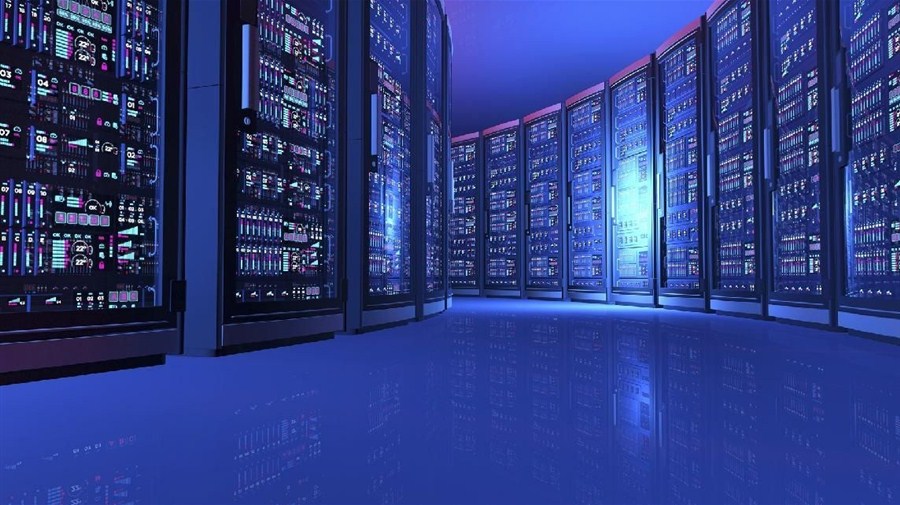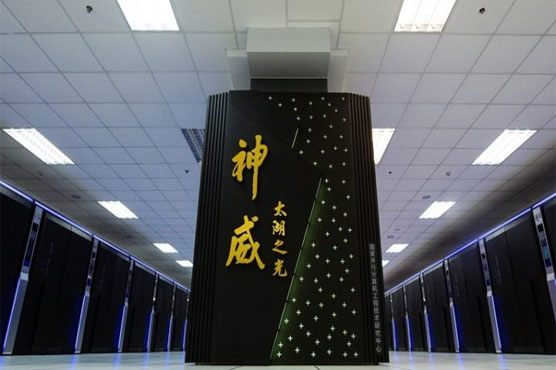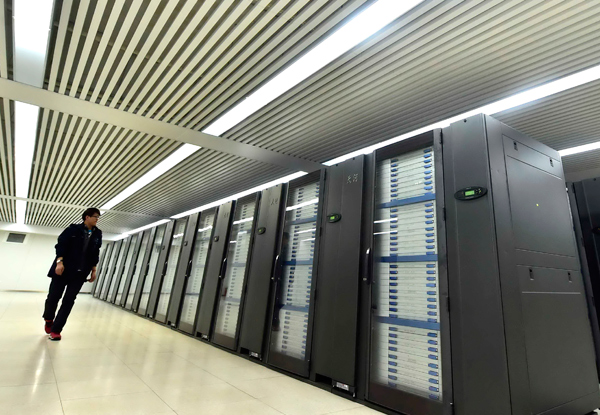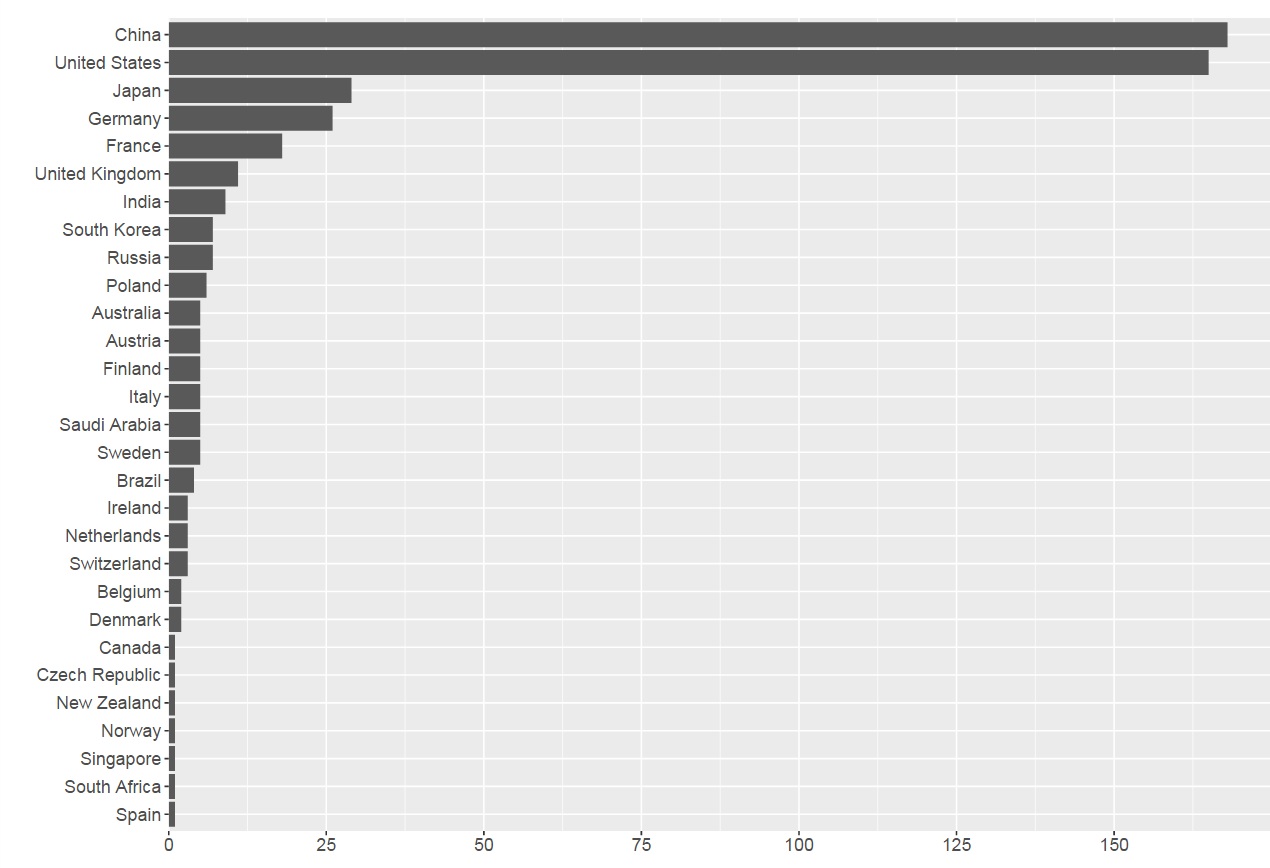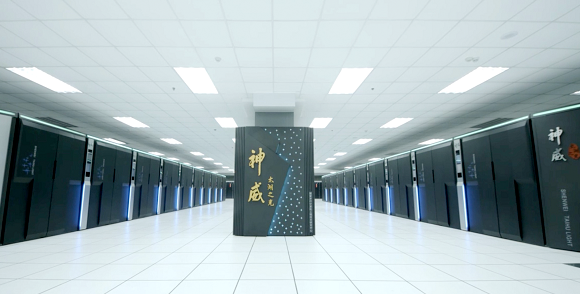ahojunk
RETIRED INTL MOD

- Joined
- Nov 17, 2014
- Messages
- 5,118
- Reaction score
- 6
- Country
- Location
China developing fastest supercomputer again
2016-11-03 08:55 | Xinhua | Editor: Mo Hong'e
China has started to build a prototype supercomputer system with an estimated peak performance of over 1,000 quadrillion calculations per second, ten times that of the current fastest computer, researchers said Wednesday.
The exascale supercomputer is being developed by the National Research Center of Parallel Computer Engineering & Technology (NRCPC) and will be installed at the National Supercomputing Center in Jinan.
The project follows the announcement of China's independently developed Sunway Taihulight as the world's fastest supercomputer in June at the 2016 International Supercomputing Conference in Germany.
Challenges and uncertainties accompany the project, said Yang Meihong, director of the National Supercomputing Center in Jinan. "It is a test for the effectiveness of China's independently developed technologies," Yang said.
China has launched three projects for developing exascale supercomputers, led respectively by the NRCPC, National University of Defense Technology and Sugon Information Industry, Yang said.
Supercomputers can support various tasks, including oil exploration, high-end equipment manufacturing, biological medicine and animation design.
According to the International Supercomputing Conference, China has 167 of the world's top 500 supercomputers.
2016-11-03 08:55 | Xinhua | Editor: Mo Hong'e
China has started to build a prototype supercomputer system with an estimated peak performance of over 1,000 quadrillion calculations per second, ten times that of the current fastest computer, researchers said Wednesday.
The exascale supercomputer is being developed by the National Research Center of Parallel Computer Engineering & Technology (NRCPC) and will be installed at the National Supercomputing Center in Jinan.
The project follows the announcement of China's independently developed Sunway Taihulight as the world's fastest supercomputer in June at the 2016 International Supercomputing Conference in Germany.
Challenges and uncertainties accompany the project, said Yang Meihong, director of the National Supercomputing Center in Jinan. "It is a test for the effectiveness of China's independently developed technologies," Yang said.
China has launched three projects for developing exascale supercomputers, led respectively by the NRCPC, National University of Defense Technology and Sugon Information Industry, Yang said.
Supercomputers can support various tasks, including oil exploration, high-end equipment manufacturing, biological medicine and animation design.
According to the International Supercomputing Conference, China has 167 of the world's top 500 supercomputers.



